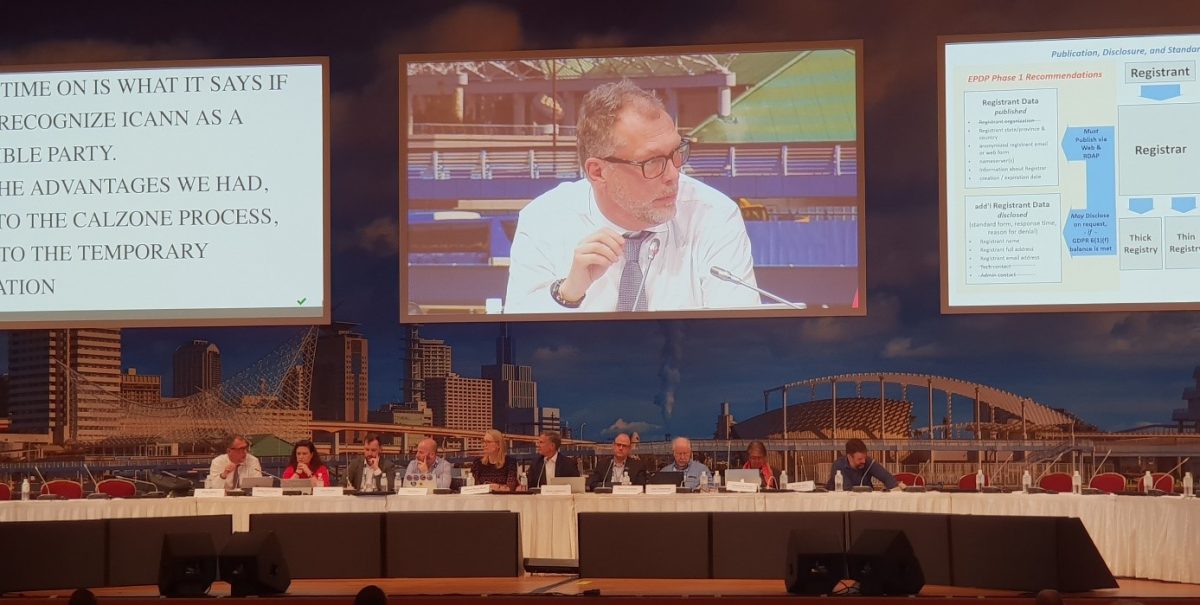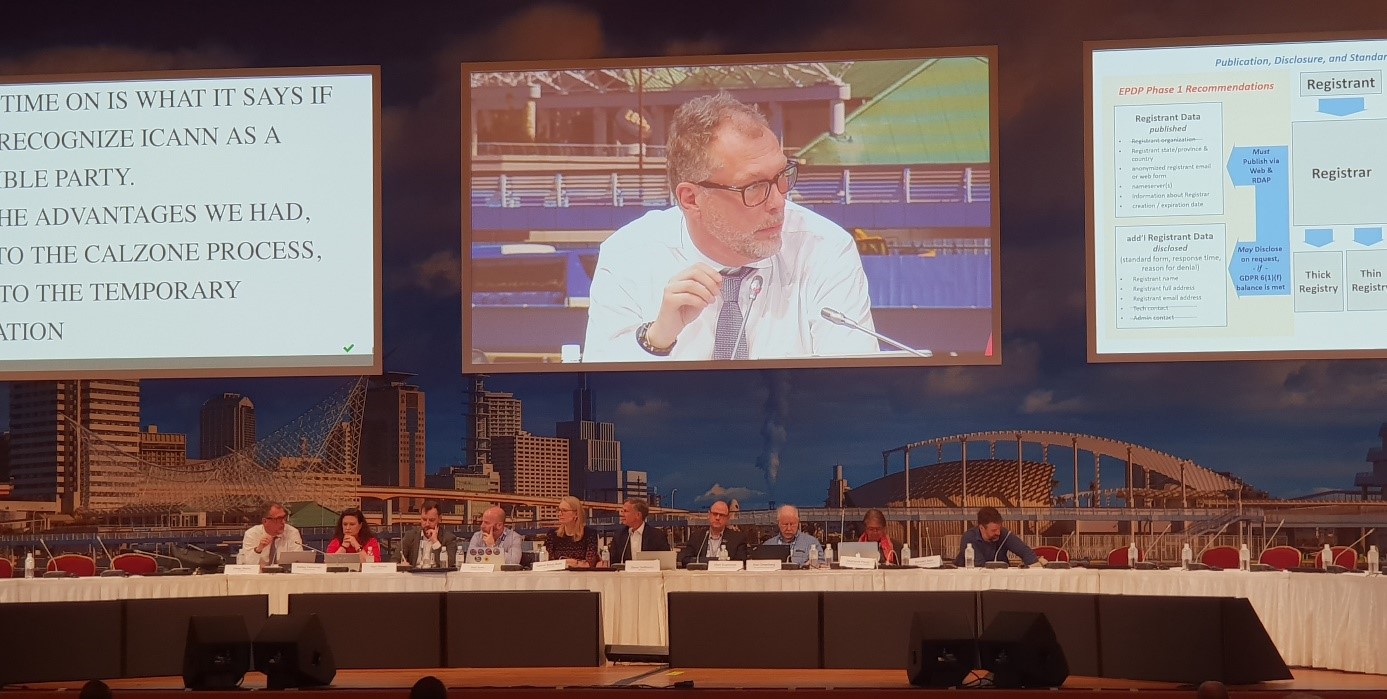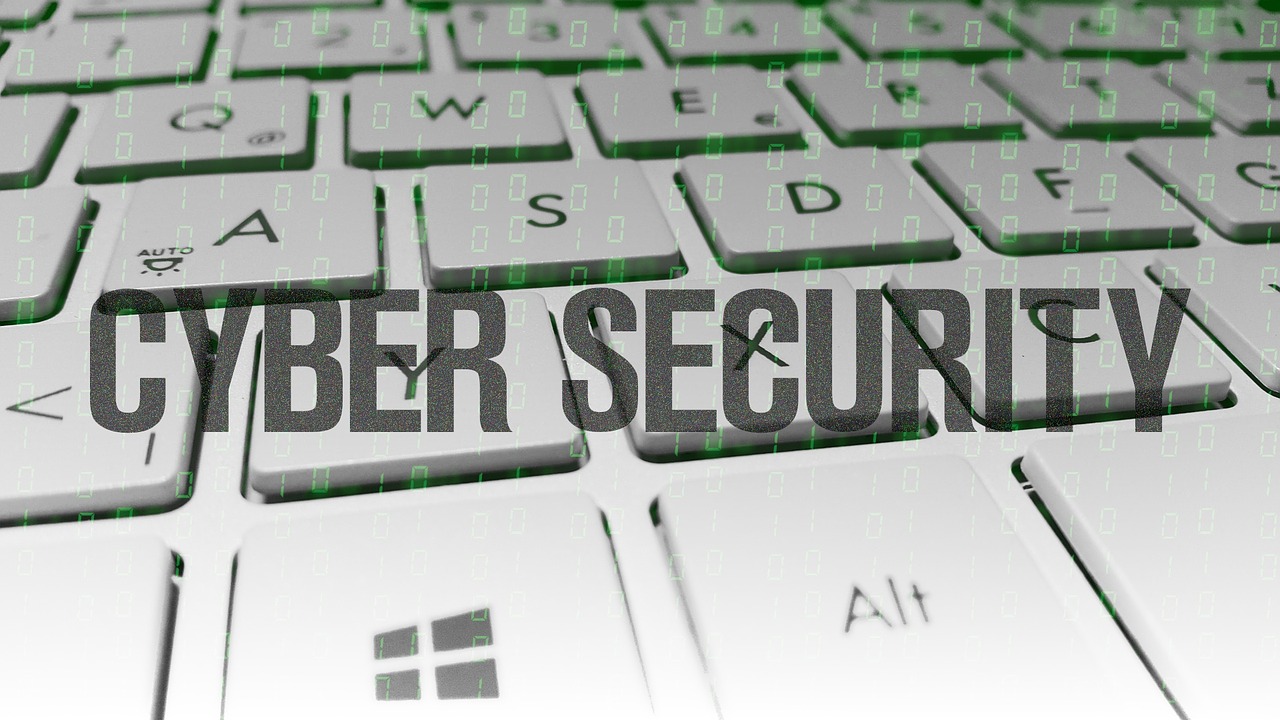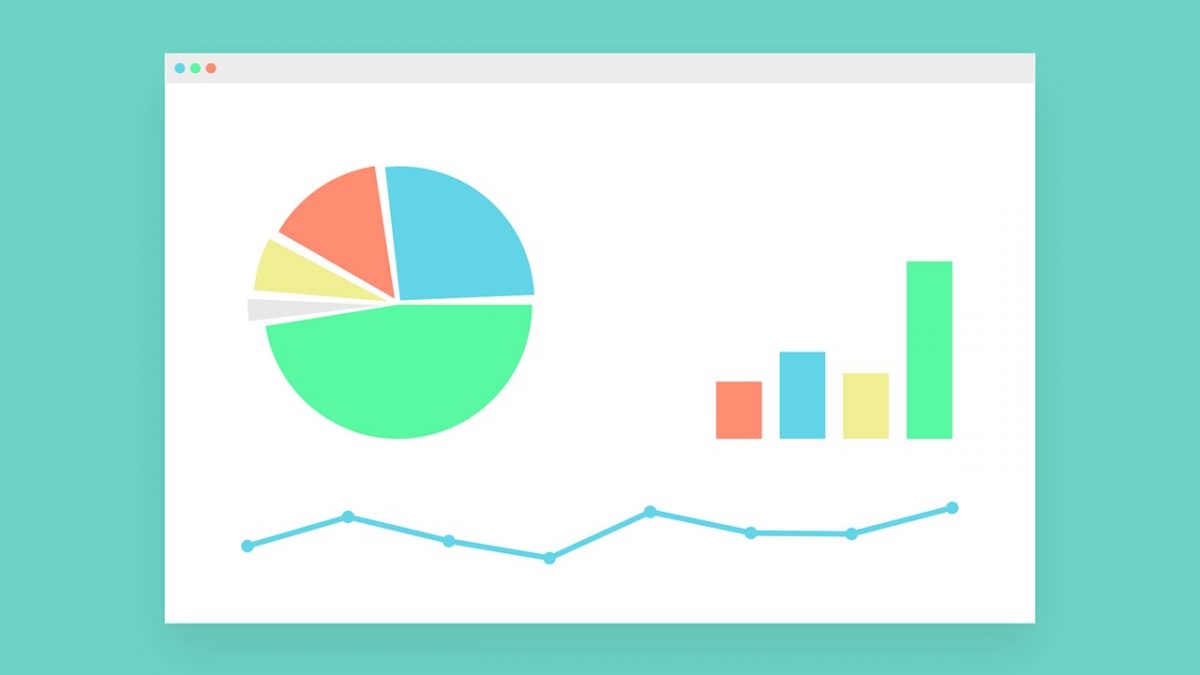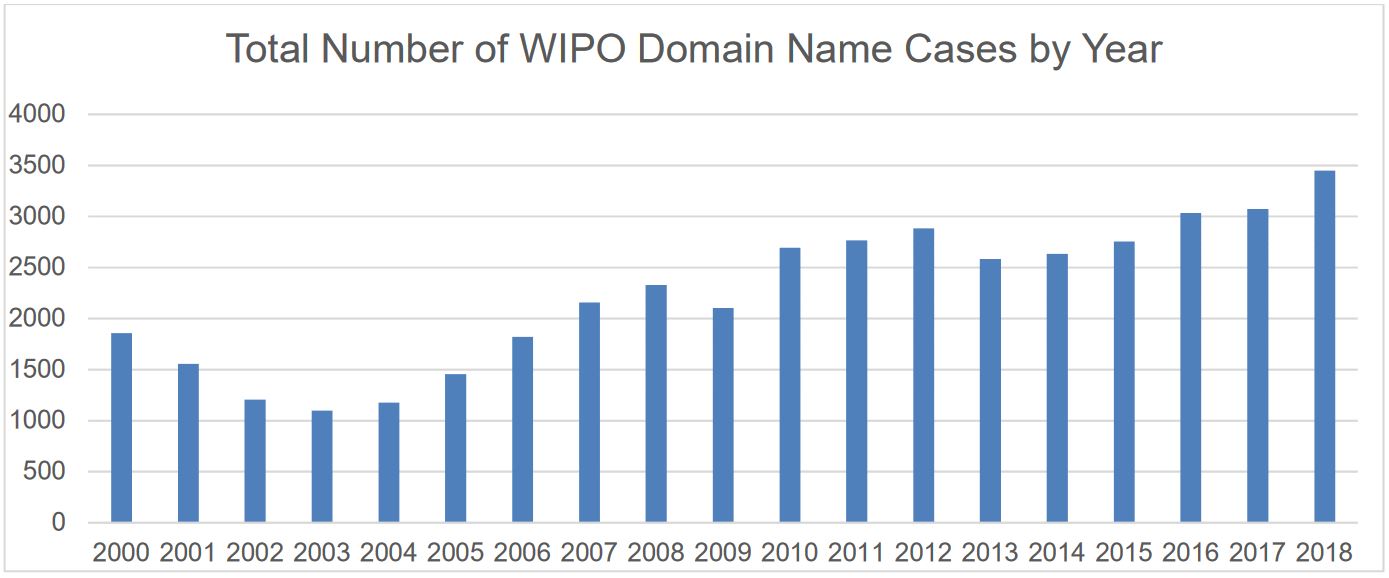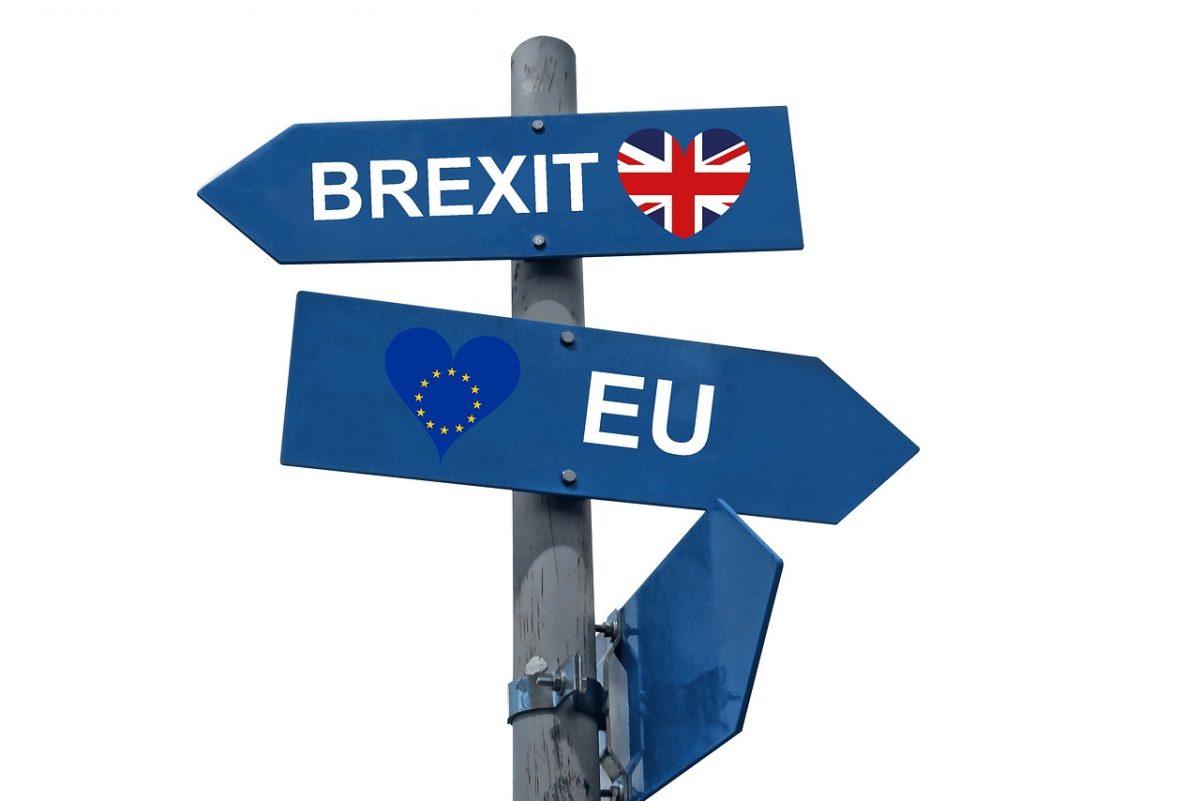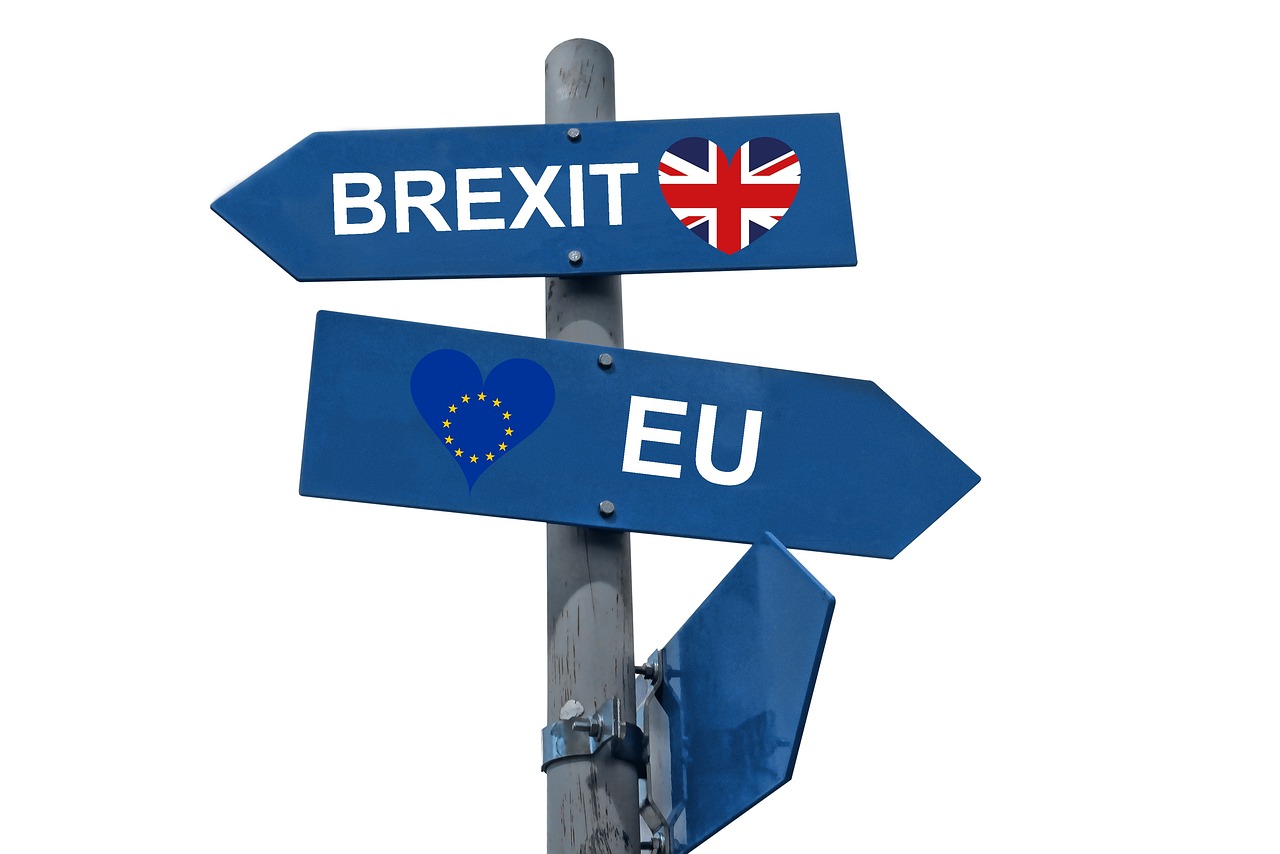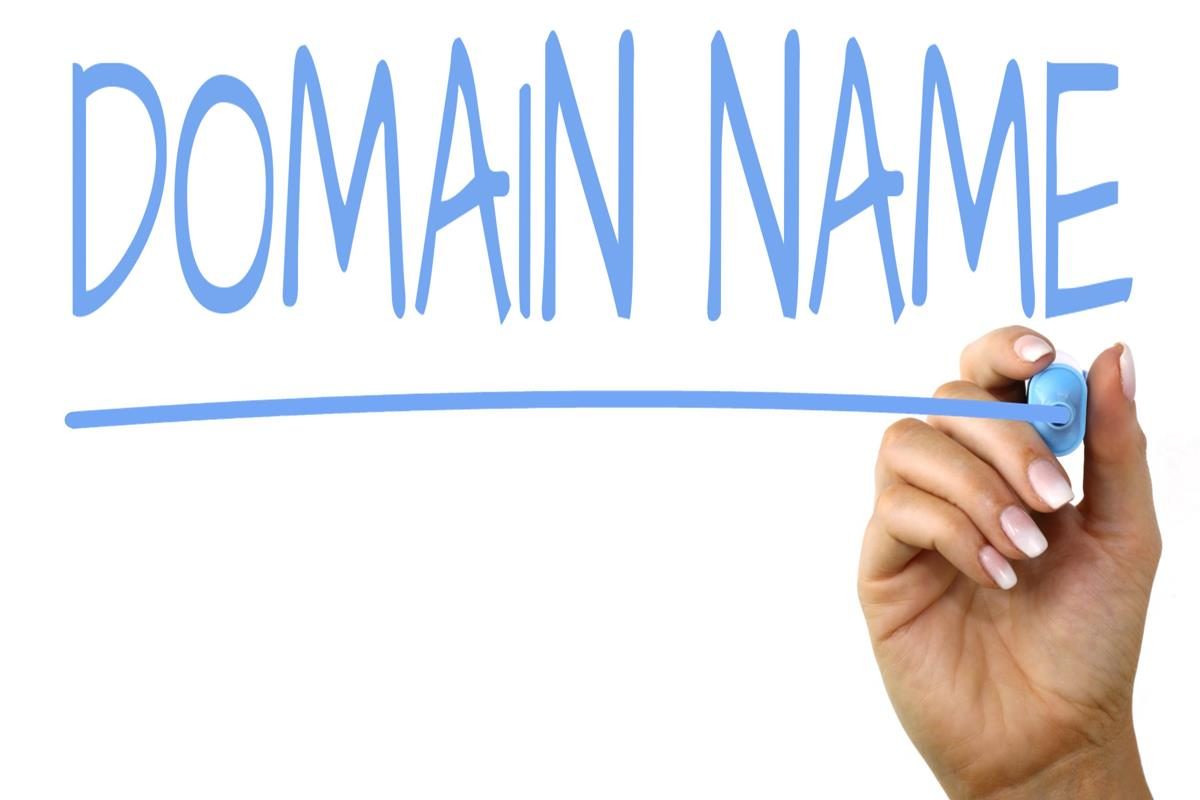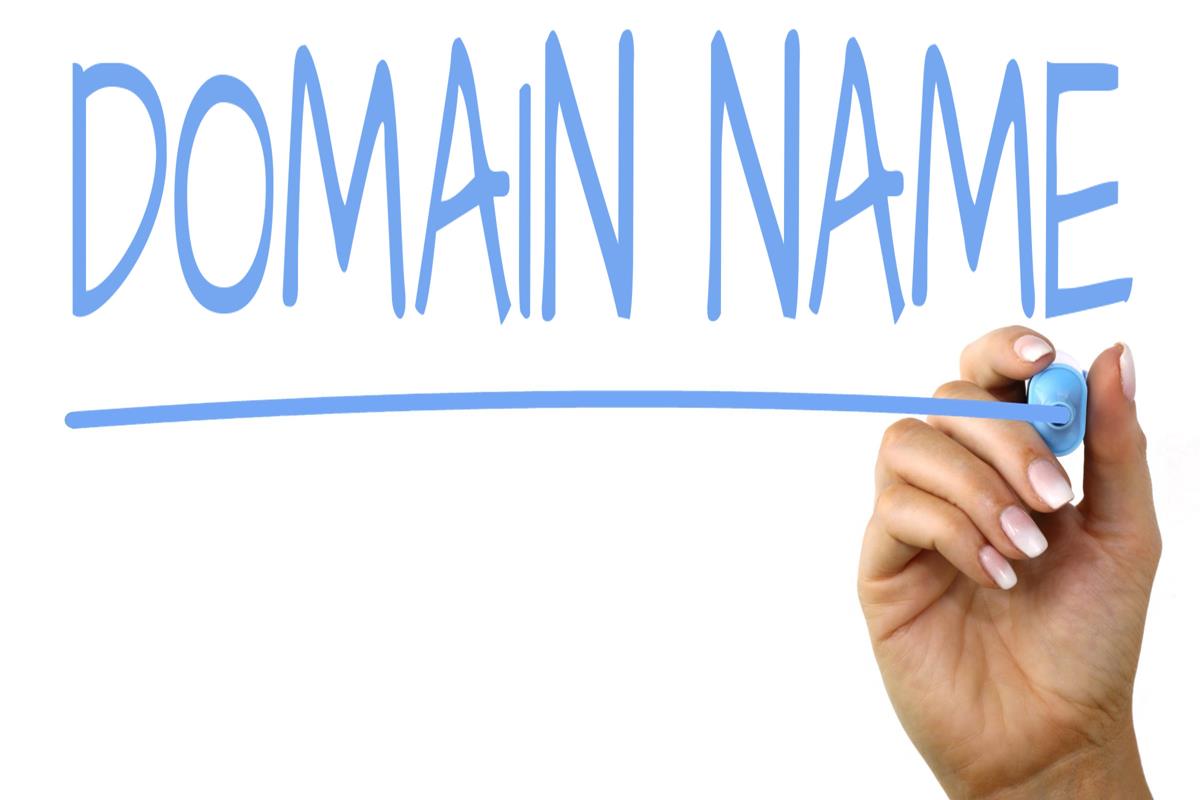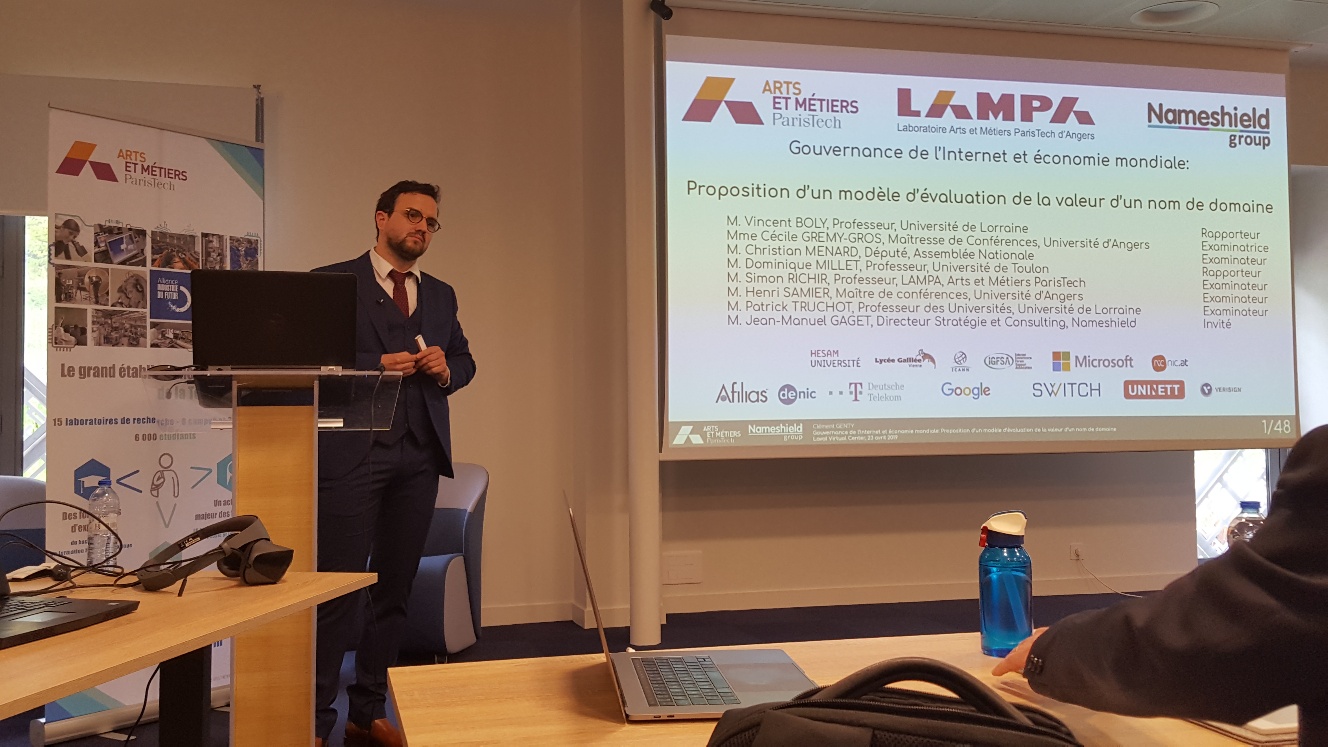
At a time of a growing awareness by companies that domain names have become strategic intangible assets, sometimes having a higher value than brands, Nameshield is happy to inform you that it has overseen and financed, during three years, the CIFRE thesis of Mr. Clement GENTY, who received his PhD, covering the subject: Internet governance and global economy: proposal of a valuation model of a domain name’s value as intangible asset.
Publicly defended on April, 23rd 2019, at Angers’ Laboratory of engineering, processes and innovation of the “Ecole Nationale Supérieure d’Arts et Métiers of Paris Tech”, first, the thesis compiles a state of the art and a historical overview of the domain name diffusion in the World since the Domain Name System’s creation (DNS) in 1983. It demonstrates the loss of the link between identification/trust by the abolition of the initial naming rules for the benefit of an unbridled and mercantile economic development from the registries.
The second part of the thesis is dedicated to an analysis of the technical and semantic parameters allowing to define the domain names’ average value.
The third part of the thesis presents a monetary valuation tool for domain names, developed by Nameshield as part of the research work, and based on a database of more than 1.4 million transactions passed.
This scientific research work, validated by this thesis, falls within a vast process initiated by Nameshield for many years in order to raise awareness of the value of the domain names’ strategic intangible assets, and to evaluate them. This work led by Jean-Manuel GAGET, Nameshield’s Strategy and Consulting Director, focuses in particular on:
- A consulting activity regarding the optimization of a domain names’ portfolio management, through a naming and defense strategy adapted to the real issues;
- A process of extra-financial rating and valuation of the capital domain name, integrated to the “Thesaurus Capital immatériel”, which measures intangible assets of all kinds, promoted by the “Institut de comptabilité de l’immatériel” (Intangible accounting Institute);
- A method of domain names analysis and a domain names monetary valuation tool, scientifically validated today by this thesis.
The decision of the Council of State at the end of 2016, which focuses on the taxation applicable to the domain name ebay.fr has strengthened the obligation of the companies to monetarily valuate their domain names well, in order to account them as intangible assets under some conditions. As such, the tax experts are highly interested in the domain names’ issues in the constitution of the transfer price. This first world thesis on the economy of the domain names and their valuation will serve without a doubt as a useful material to the reflection of the financial world’s actors on this subject.

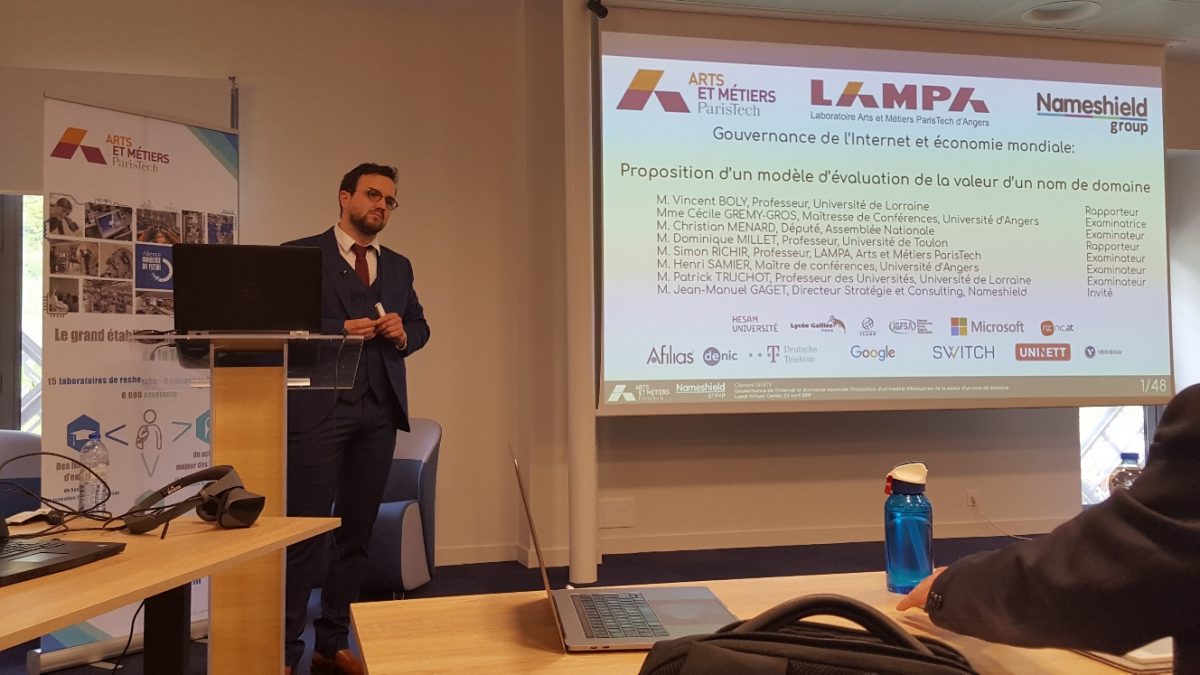
![Game of Thrones: The return of the [MALWARES] white walkers by dozens](https://blog.nameshield.com/wp-content/uploads/2019/04/Game-of-Thrones-Le-retour-des-malwares-M-1200x675.jpg)
![Game of Thrones: The return of the [MALWARES] white walkers by dozens](https://blog.nameshield.com/wp-content/uploads/2019/04/Game-of-Thrones-Le-retour-des-malwares-M.jpg)


